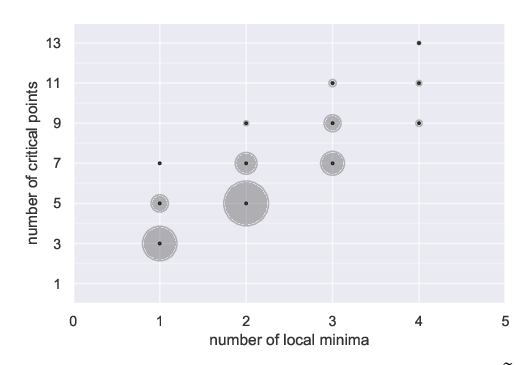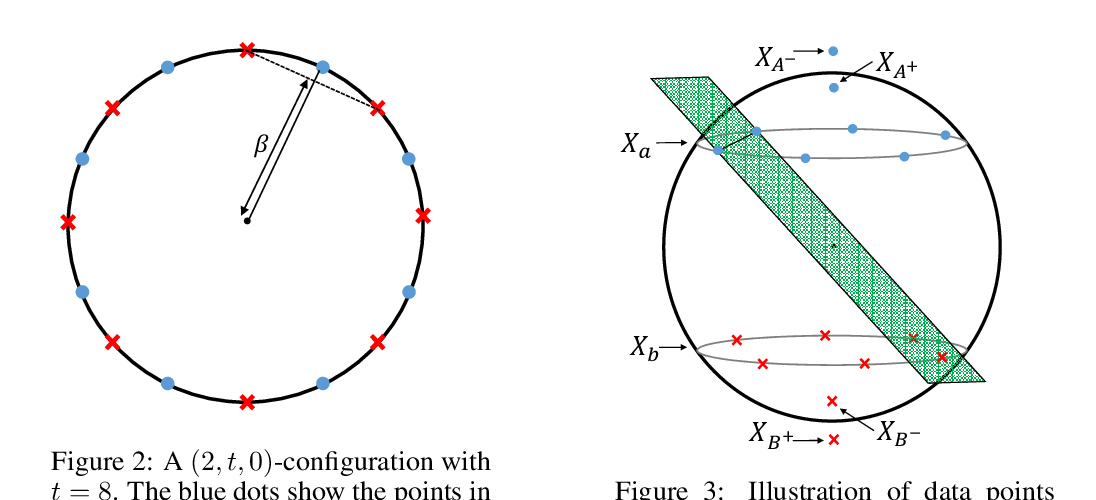Abstract:
Understanding the loss surface of a neural network is fundamentally important to the understanding of deep learning. This paper presents how piecewise linear activation functions substantially shape the loss surfaces of neural networks. We first prove that the loss surfaces of many neural networks have infinite spurious local minima, which are defined as the local minima with higher empirical risks than the global minima. Our result holds for any neural network with arbitrary depth and arbitrary piecewise linear activation functions (excluding linear functions) under most loss functions in practice with some mild assumptions. This result demonstrates that the networks with piecewise linear activations possess substantial differences to the well-studied linear neural networks. Essentially, the underlying assumptions for the above result are consistent with most practical circumstances where the output layer is narrower than any hidden layer. In addition, the loss surface of a neural network with piecewise linear activations is partitioned into multiple smooth and multilinear cells by nondifferentiable boundaries. The constructed spurious local minima are concentrated in one cell as a valley: they are connected with each other by a continuous path, on which empirical risk is invariant. Further for one-hidden-layer networks, we prove that all local minima in a cell constitute an equivalence class; they are concentrated in a valley; and they are all global minima in the cell.


